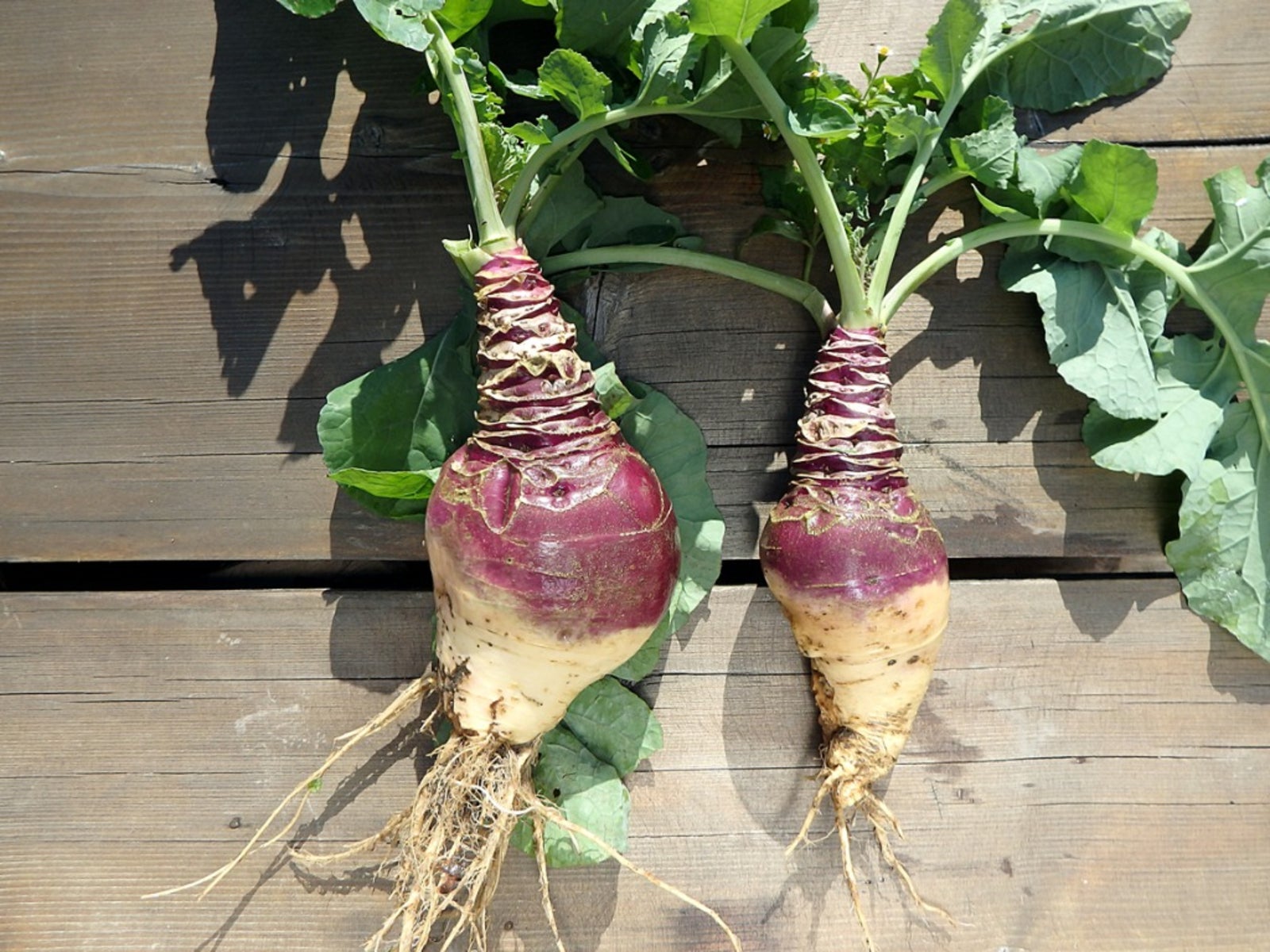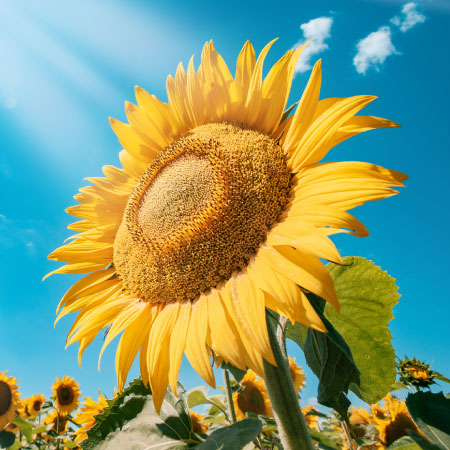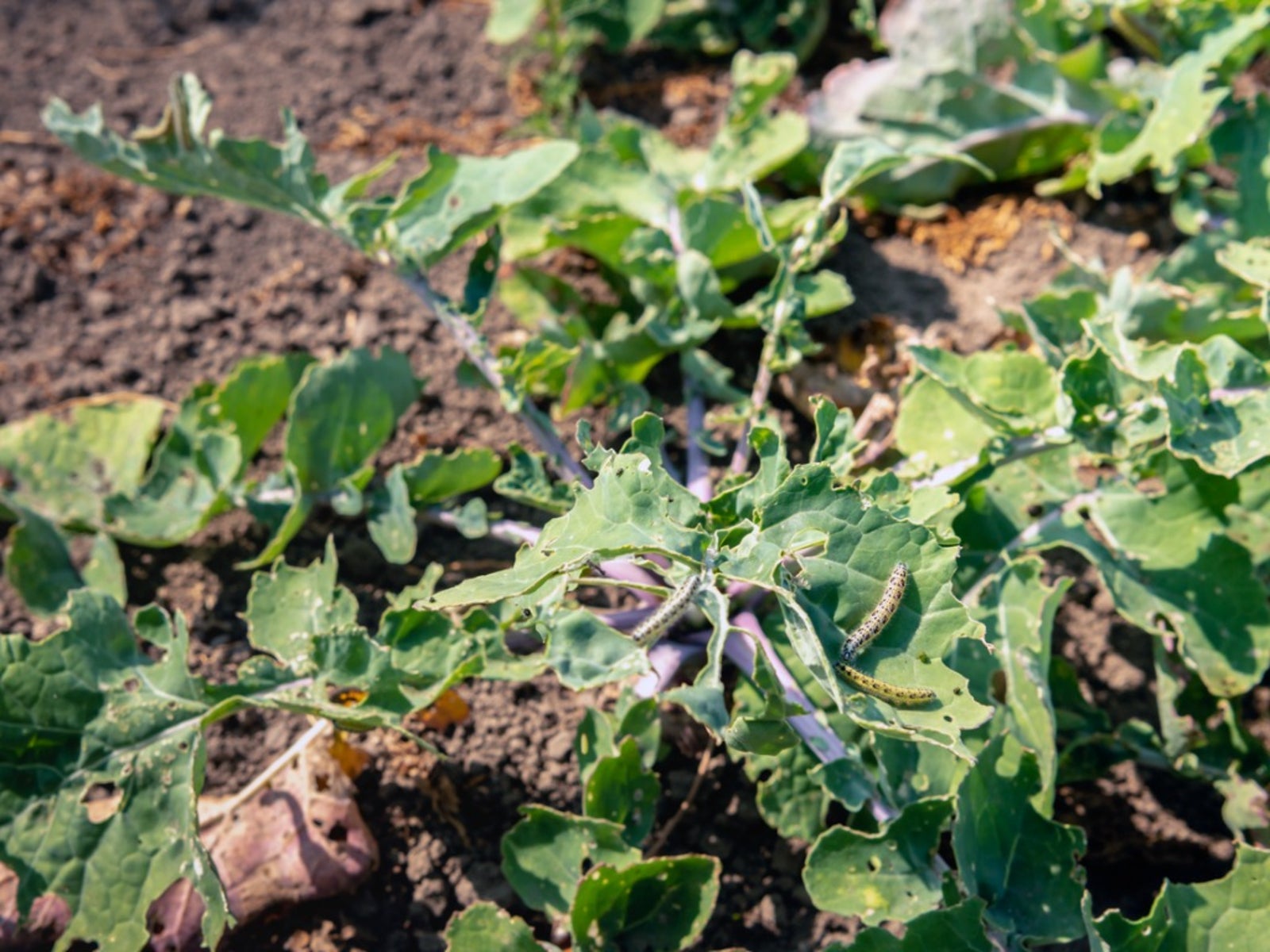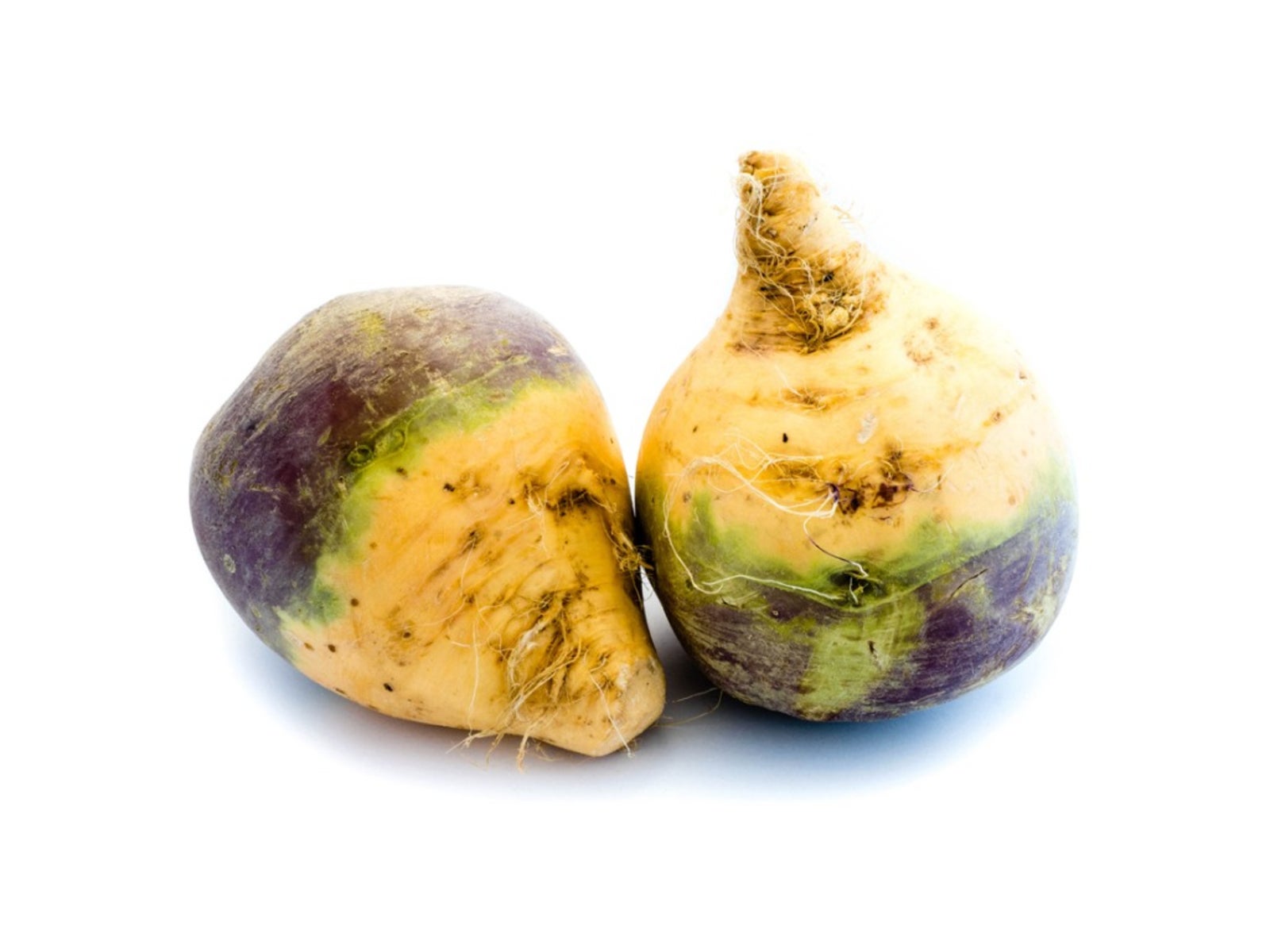Tips For Growing And Planting Rutabaga


Growing rutabagas (Brassica napobassica), a cross between the turnip and the cabbage plant, isn't much different from growing a turnip. The difference is that growing rutabagas generally takes four weeks longer than growing cabbage or turnips. This is why fall is the best time to plant rutabaga plants.
How to Grow Rutabaga
Remember that these plants are not much different from turnips. The difference is that the roots are larger, firmer, and rounder than turnip roots and the leaves on the rutabaga are smoother. When planting rutabaga, plant about 100 days before the first frost in late fall. Prepare your soil as you would when growing any vegetable, rake the soil and remove any debris and rocks.
Planting Rutabaga
When planting rutabaga, throw the seed down in the prepared soil and rake it in lightly. Plant the seeds at a rate of three to twenty seeds per row and rake them about half an inch (1 cm.) deep. Allow enough room to put one or two feet (31-61 cm.) between rows. This allows space for the roots to plump up and form rutabagas. If the soil isn't moist, water the seeds to germinate them and establish healthy seedlings. Once seedlings appear and are about 2 inches (5 cm.) tall, you can thin them to about 6 inches (15 cm.) apart. One of the great things about planting rutabaga and turnips is that when you thin the plants, you can actually eat the thinned leaves as greens. This is true for both rutabagas and turnips. Cultivate between the plants that are left to a depth of 2 to 3 inches (5-8 cm.) deep. This helps aerate the soil and gets rid of weeds. Also, it loosens the soil around the root of the growing rutabagas allowing for larger root growth. Since rutabagas are a root vegetable, you want the dirt to be firm around the bottom of the leaves but looser underneath so the root is not stopped in growth.
Harvesting Rutabagas
When harvesting rutabagas, pick them when they are tender and mild. Growing rutabagas are ready for harvest when they are about medium sized. Harvesting rutabagas when they are about 3 to 5 inches (8-13 cm.) in diameter will yield the best quality rutabagas. Be sure the rutabagas you harvest have grown without any interruptions in the growing season.
Gardening tips, videos, info and more delivered right to your inbox!
Sign up for the Gardening Know How newsletter today and receive a free copy of our e-book "How to Grow Delicious Tomatoes".

Kathee Mierzejewski was with Gardening Know How in the very beginning, writing many of the site's foundational articles.
-
 What Is A Pollinator Garden? Grow Gorgeous Blooms While Benefiting Your Local Ecosystem
What Is A Pollinator Garden? Grow Gorgeous Blooms While Benefiting Your Local EcosystemPollinator gardens look great and also provide a diverse ecosystem that benefits your local pollinating insects and animals. Get started today with this guide!
By Bonnie L. Grant
-
 5 Tough Urban Trees That Thrive In Cities – Top Picks For Urban & Suburban Landscapes
5 Tough Urban Trees That Thrive In Cities – Top Picks For Urban & Suburban LandscapesExplore the best urban trees that will add value to even the most challenging of landscapes. Get growing with these ideas and enjoy all the benefits of trees.
By Teo Spengler
-
 Common Rutabaga Problems: Learn About Rutabaga Pests And Disease
Common Rutabaga Problems: Learn About Rutabaga Pests And DiseaseIt?s inevitable that problems pop up in the garden now and then. To alleviate the majority of rutabaga plant issues, it helps to become familiar with common pests or diseases affecting these plants. This article can help.
By Amy Grant
-
 Harvesting Rutabaga And How To Store Rutabaga Grown In Garden
Harvesting Rutabaga And How To Store Rutabaga Grown In GardenRutabaga is harvested during fall and makes a great crop for winter storage. Preserving rutabagas requires proper harvesting and storing. Get tips for harvesting and storing rutabagas in this article.
By Nikki Tilley